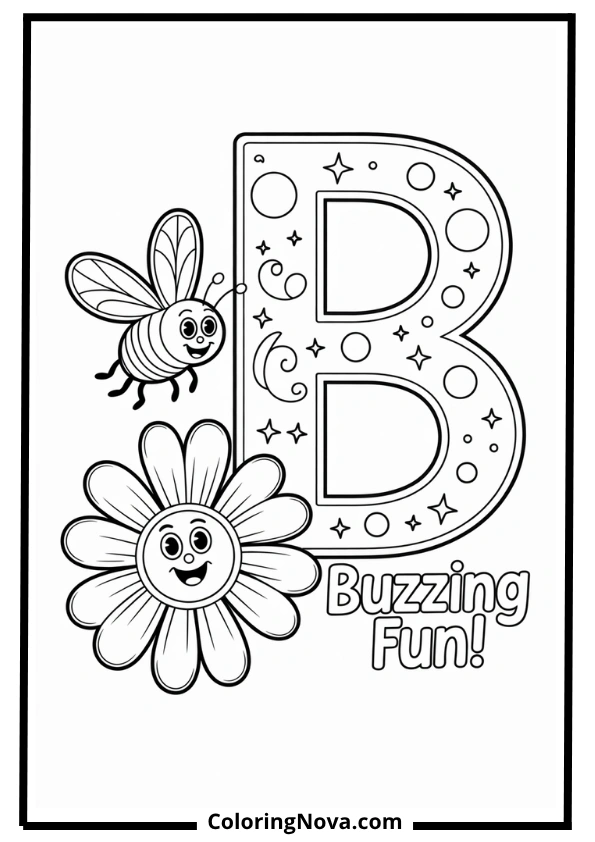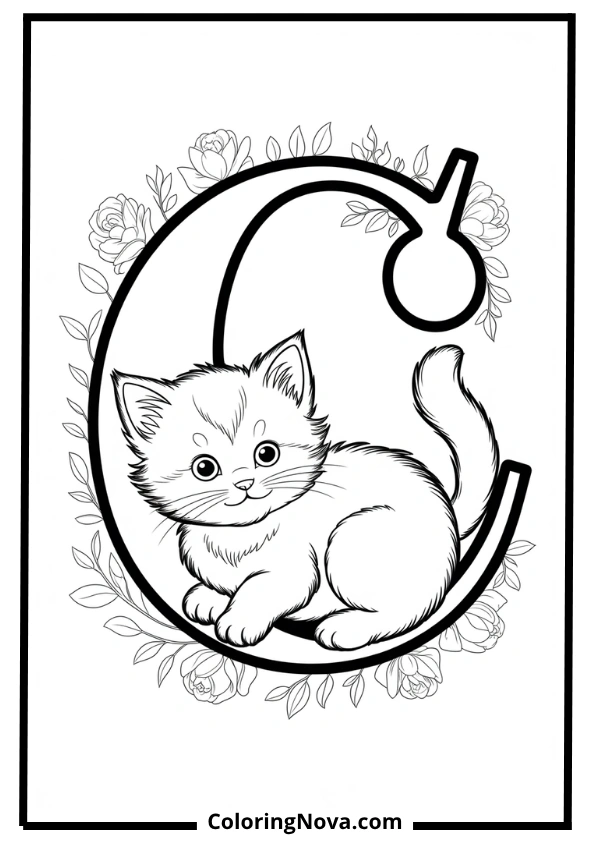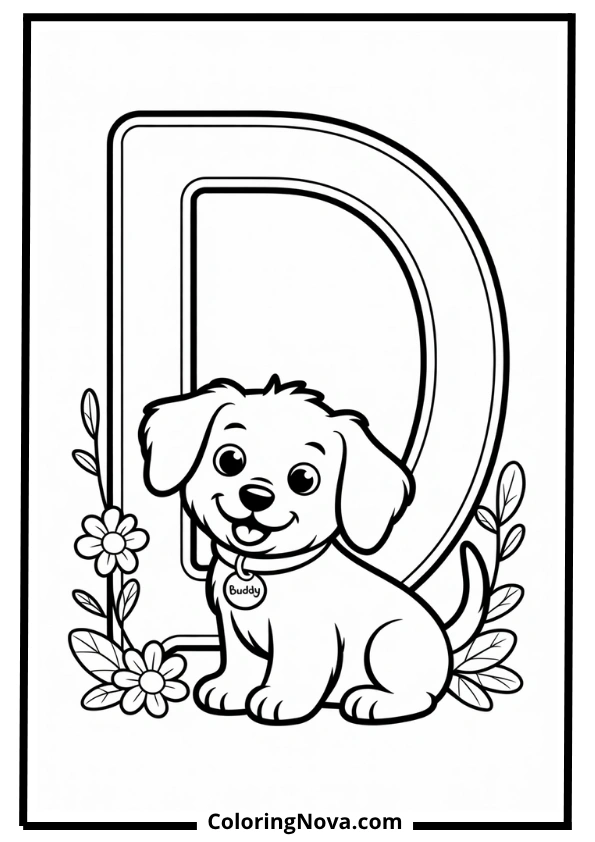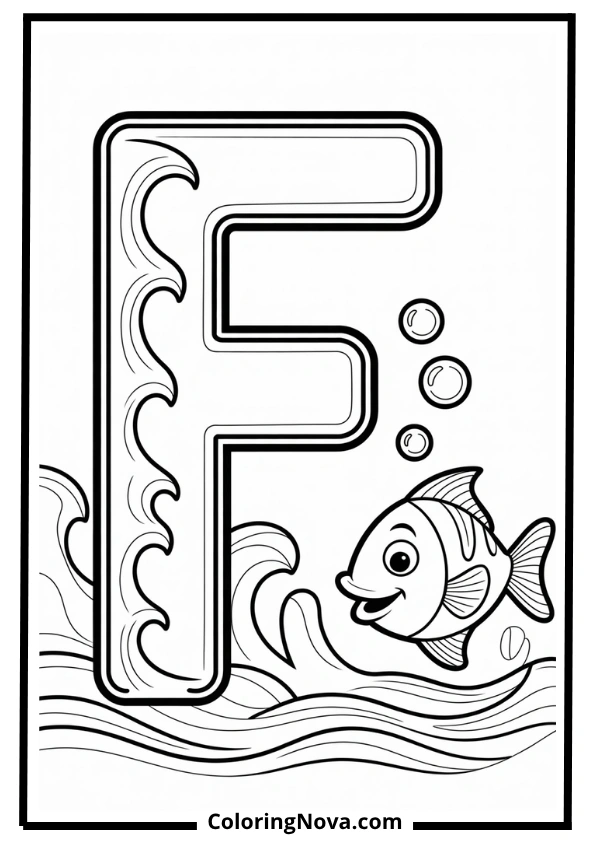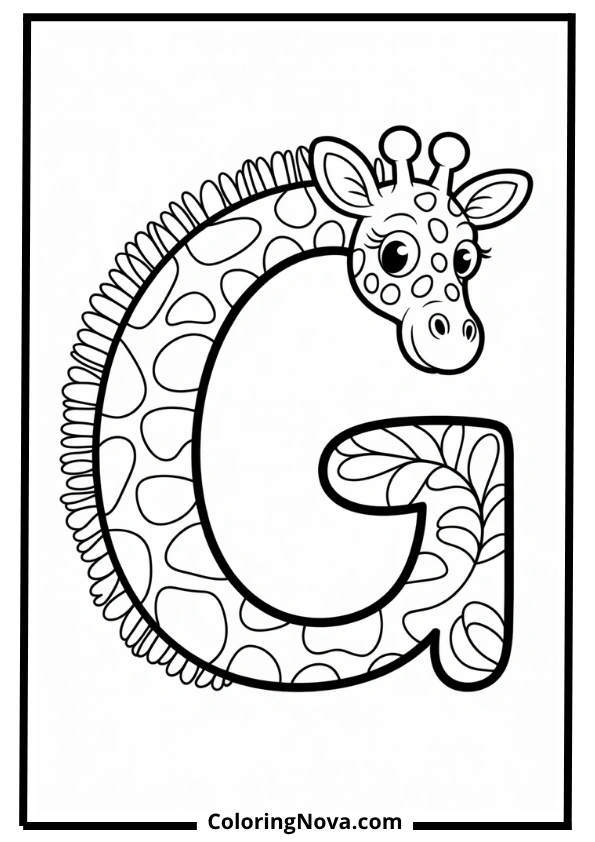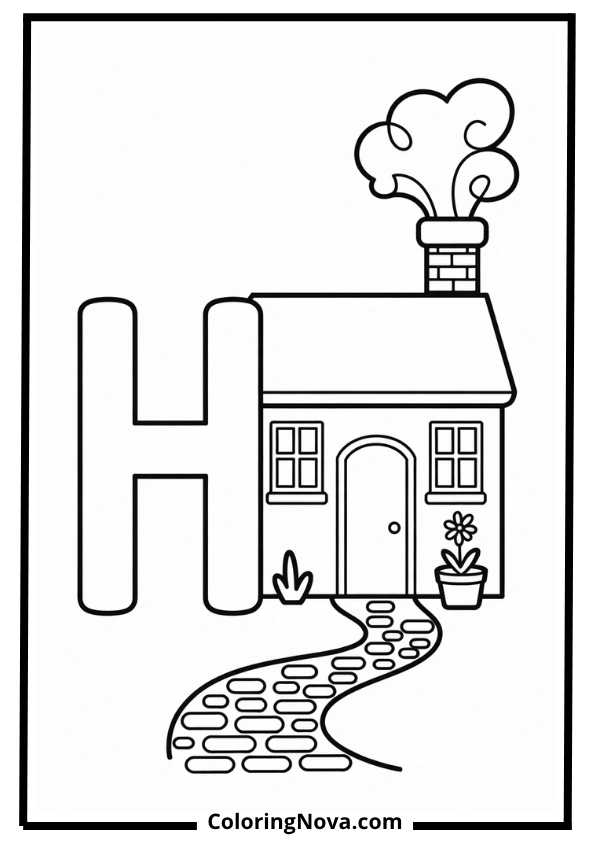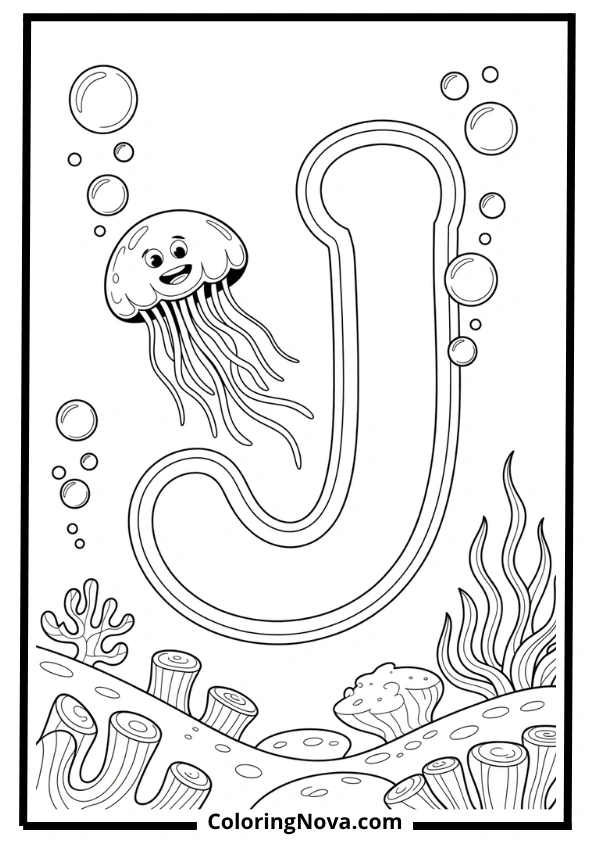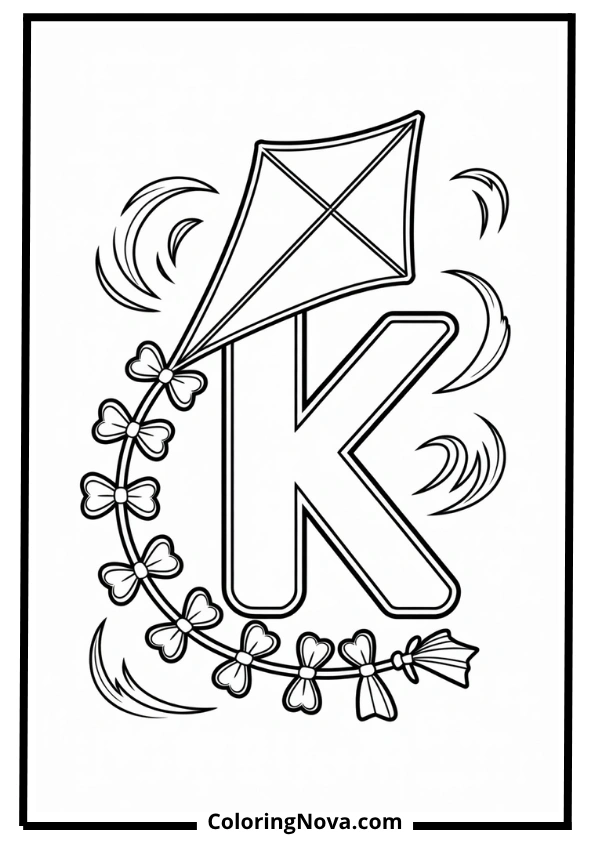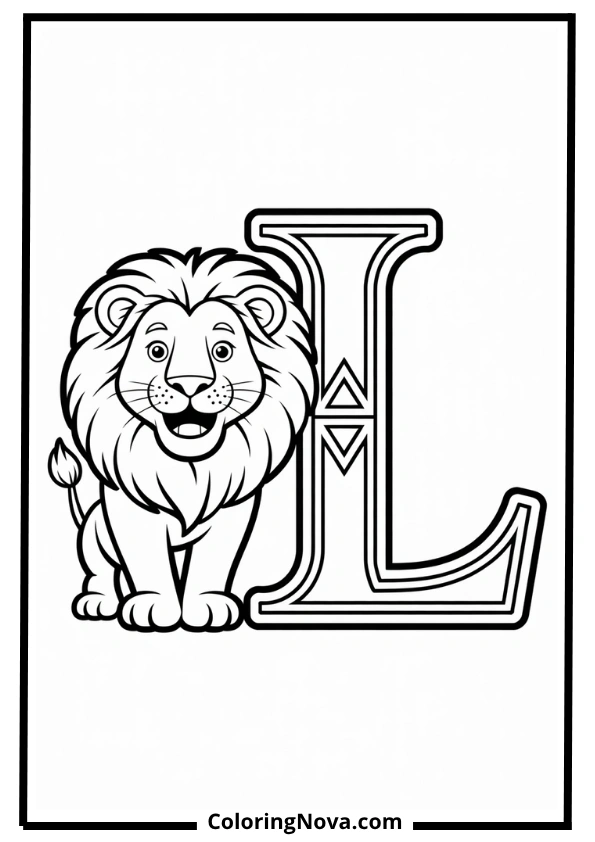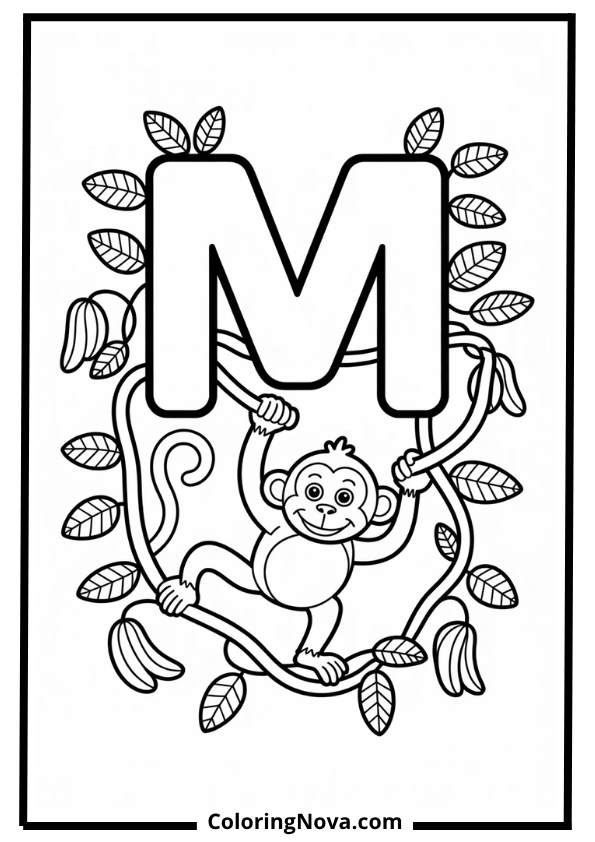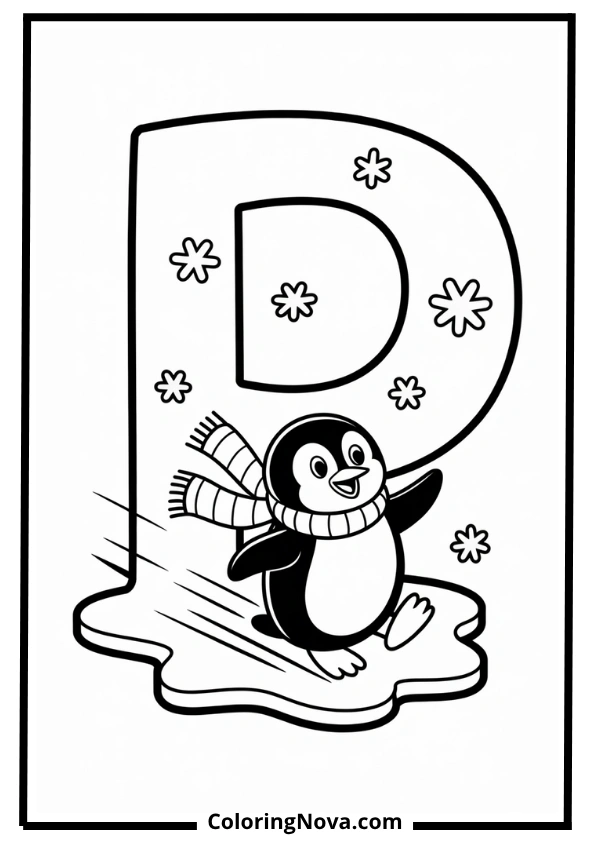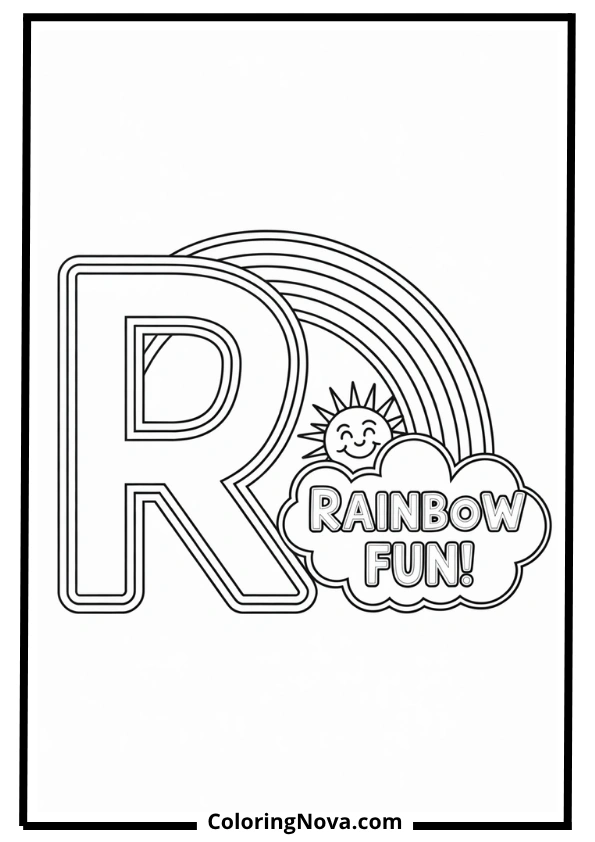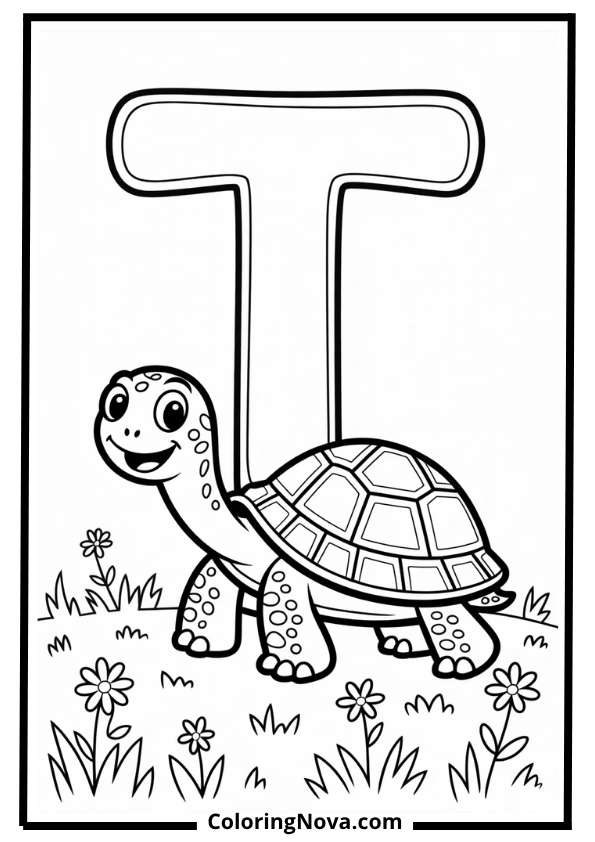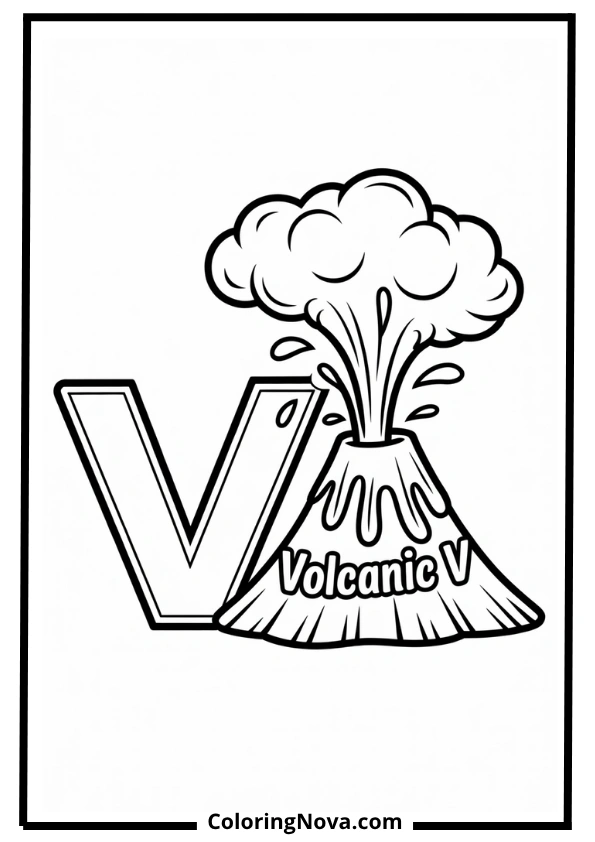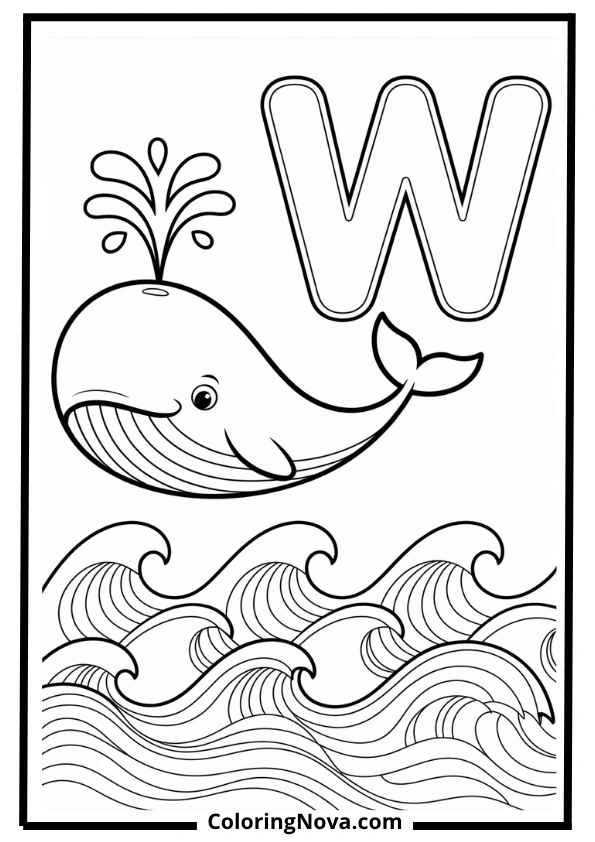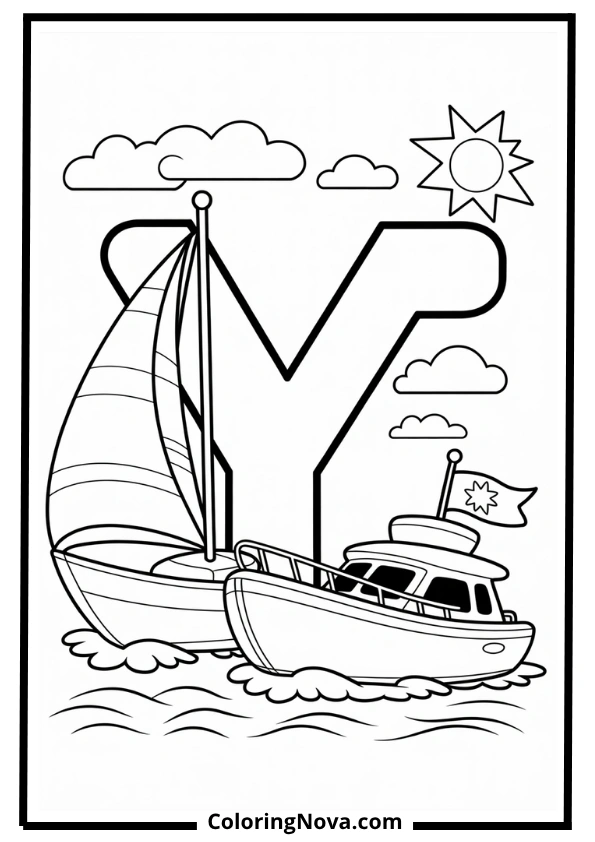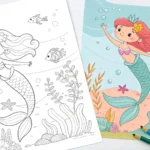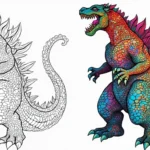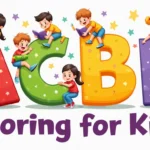We offer a wide collection of free, high-quality printable coloring pages for kids and adults. From cute animals to intricate mandalas, our designs bring creativity and relaxation to everyone. Download, print, and start coloring today!
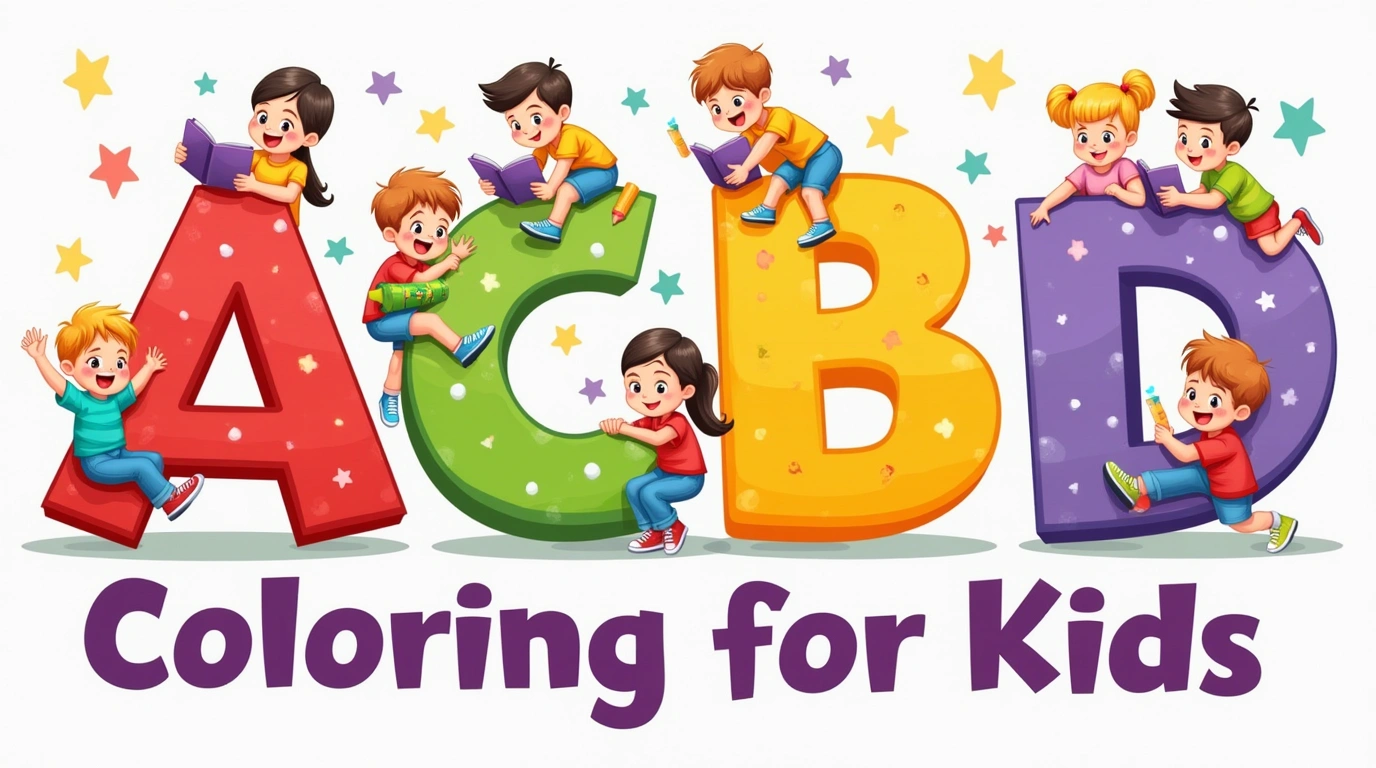
Alphabet Coloring Pages – A Fun Way to Learn Letters Through Art
As a parent and educator, I’ve watched countless children light up when they discover the magic of learning through coloring. There’s something truly special about alphabet coloring pages that transforms the sometimes daunting task of letter recognition into an exciting adventure.
You know that moment when your little one finally connects the dots between the letter ‘B’ and their favorite teddy bear? That’s the power of combining visual learning with hands-on creativity. Free alphabet coloring pages have become my go-to resource for making letter learning both educational and enjoyable.
To use any of these free printables, simply click on any of the images to open the high-resolution PDF in a new tab. From there, you can download or print as much as you like—totally free!
Each coloring page is designed for standard US letter size but also prints beautifully on A4 paper. Enjoy!
Table of Contents
Why Alphabet Coloring Pages Are Perfect for Early Learning
Let me tell you why these simple sheets pack such an educational punch. When children work with printable alphabet coloring pages, they’re not just having fun – they’re building crucial foundational skills.
Letter recognition becomes natural and stress-free. Instead of drilling flashcards, kids associate letters with colors, images, and positive experiences. I’ve seen shy preschoolers gain confidence as they proudly show off their colorful letter creations.
The beauty lies in how coloring combines multiple learning styles. Visual learners absorb the letter shapes, kinesthetic learners engage through the physical act of coloring, and creative minds flourish through artistic expression.
Fine motor skills get a serious workout too. Those little fingers gripping crayons and staying within lines? That’s pre-writing preparation in disguise. Every stroke strengthens the hand muscles they’ll need for holding pencils later.
What I love most is how alphabet coloring pages naturally encourage focus. In our fast-paced world, sitting quietly and concentrating on one task is becoming a superpower for kids.
Different Types of Alphabet Coloring Pages
The variety available today amazes me. You’re not stuck with boring, basic letter outlines anymore.
Uppercase and lowercase formats give you flexibility depending on what your child is learning. Some kids connect better with big, bold capital letters, while others prefer the flowing curves of lowercase.
My personal favorites are letters paired with related images. Picture this: the letter ‘A’ decorated with apples, or ‘C’ surrounded by cute cats. These connections help children remember letters through association – a powerful memory technique.
Individual letter sheets work perfectly for focused learning. If your child is struggling with the letter ‘R’, you can practice just that letter without overwhelming them with the entire alphabet.
Full alphabet sets are fantastic for overview sessions or when you want to create a complete display. I’ve used these for classroom wall decorations that double as learning tools.
Themed styles add extra excitement. Animal alphabet pages, food-themed letters, holiday designs – the possibilities are endless. These themes make abstract letters feel concrete and memorable.
Educational Benefits of Letter-Based Coloring
Here’s where the real magic happens. Free alphabet coloring pages deliver educational benefits that go far beyond simple entertainment.
Phonics reinforcement occurs naturally. When a child colors the letter ‘S’ while looking at snakes, they’re connecting the letter shape with its sound. This multi-sensory approach strengthens phonetic understanding.
Vocabulary building happens organically too. Each themed page introduces new words and concepts. That ‘Z’ page with zebras might spark conversations about animals, stripes, or even Africa.
Pre-writing skills develop with every coloring session. The hand control needed to stay within lines translates directly to letter formation later. I’ve noticed children who regularly use coloring pages often have better handwriting.
Visual memory gets a boost as well. Children start recognizing letter shapes in their environment after repeated exposure through coloring. They’ll spot the letter ‘M’ in McDonald’s signs or find ‘T’ shapes in telephone poles.
Confidence builds through creative success. Unlike tests or quizzes, coloring has no wrong answers. Every finished page is an achievement worth celebrating.
Creative Ways to Use Alphabet Coloring Pages at Home or School
Let me share some tried-and-true methods I’ve developed over the years.
Letter-of-the-week activities work wonderfully. Focus on one letter for several days, using printable alphabet coloring pages as your starting point. Color the letter Monday, find objects that start with that letter Tuesday, practice writing it Wednesday – you get the idea.
Classroom displays become interactive learning tools. After children color their letters, create alphabet walls where kids can reference letter shapes and associated images throughout the day.
For home learning routines, I recommend setting aside 15-20 minutes daily for “letter time.” Keep a basket of crayons and a stack of alphabet coloring pages ready for consistent practice.
Language development games add extra fun. After coloring the letter ‘B’, go on a ‘B’ hunt around the house. How many ‘B’ items can you find? Ball, book, banana – the game writes itself.
Create personalized alphabet books by having children color letters and add their own drawings or photos of related items. These become treasured keepsakes and powerful review tools.
Related Educational Coloring Themes
Numbers and Counting Coloring Pages
Once children master letters, numbers become the natural next step. Number coloring pages reinforce counting skills and numerical recognition using the same engaging format kids already love.
Phonics and Beginning Sounds Pages
These pages take letter learning deeper by focusing on initial sounds. Children color pictures that start with specific letters, strengthening the connection between letters and their sounds.
Animals A to Z Coloring Sheets
Animal-themed alphabet pages remain incredibly popular. Kids learn letters while discovering new animals – from anteaters to zebras. The animal kingdom provides endless vocabulary-building opportunities.
Alphabet Tracing and Writing Practice Sheets
Bridge the gap between coloring and writing with combination pages. Children can color the letter, then practice tracing it. This progression feels natural and non-threatening.
Themed ABC Pages (Fruits, Vehicles, etc.)
Specialty themes cater to children’s interests. Car-loving kids gravitate toward vehicle alphabet pages, while budding chefs enjoy food-themed letters. Follow your child’s passions for maximum engagement.
Frequently Asked Questions (FAQs)
What age group are alphabet coloring pages best for? I recommend these pages for children ages 2-7, with the sweet spot being preschoolers and kindergarteners. Toddlers enjoy the coloring aspect, while older children appreciate the learning challenge.
Do alphabet coloring pages help with early reading skills? Absolutely! They support letter recognition, phonics understanding, and vocabulary development – all crucial pre-reading skills. I’ve seen remarkable improvements in children who use these pages regularly.
Can these pages be used in classrooms? They’re perfect for classrooms! Use them in literacy centers, as quiet activities during transitions, or for letter-of-the-day lessons. Teachers love how they keep kids engaged while learning.
Are themed alphabet pages useful? Themed pages are incredibly effective because they tap into children’s interests and create stronger memory connections. A child obsessed with dinosaurs will remember letters better when they’re dinosaur-themed.
What skills do children develop while coloring letters? Beyond letter recognition, children develop fine motor skills, focus and concentration, creativity, color recognition, and following directions. It’s comprehensive skill-building disguised as fun.
Conclusion
Alphabet coloring pages represent one of the most effective and enjoyable ways to introduce children to letter learning. They transform what could be a stressful academic task into a creative adventure that children actually request.
Whether you choose free alphabet coloring pages from online resources or invest in printable alphabet coloring pages with special themes, you’re providing your child with a foundation for literacy success.
The beauty of these pages lies in their simplicity and accessibility. Armed with just crayons and paper, you can create powerful learning experiences that children will remember long after they’ve mastered their ABCs. No expensive educational apps or complex curricula needed – just the timeless combination of art and learning that has captivated children for generations.
Remember, every child learns at their own pace, and coloring provides a pressure-free environment where mistakes become happy accidents. The key is consistency and celebration – make each completed page a small victory worth acknowledging.
Start with one letter, watch your child’s excitement grow, and prepare to be amazed by how quickly learning happens when it’s wrapped in creativity and fun. Your little artist-scholar is waiting to discover the wonderful world of letters through color!


